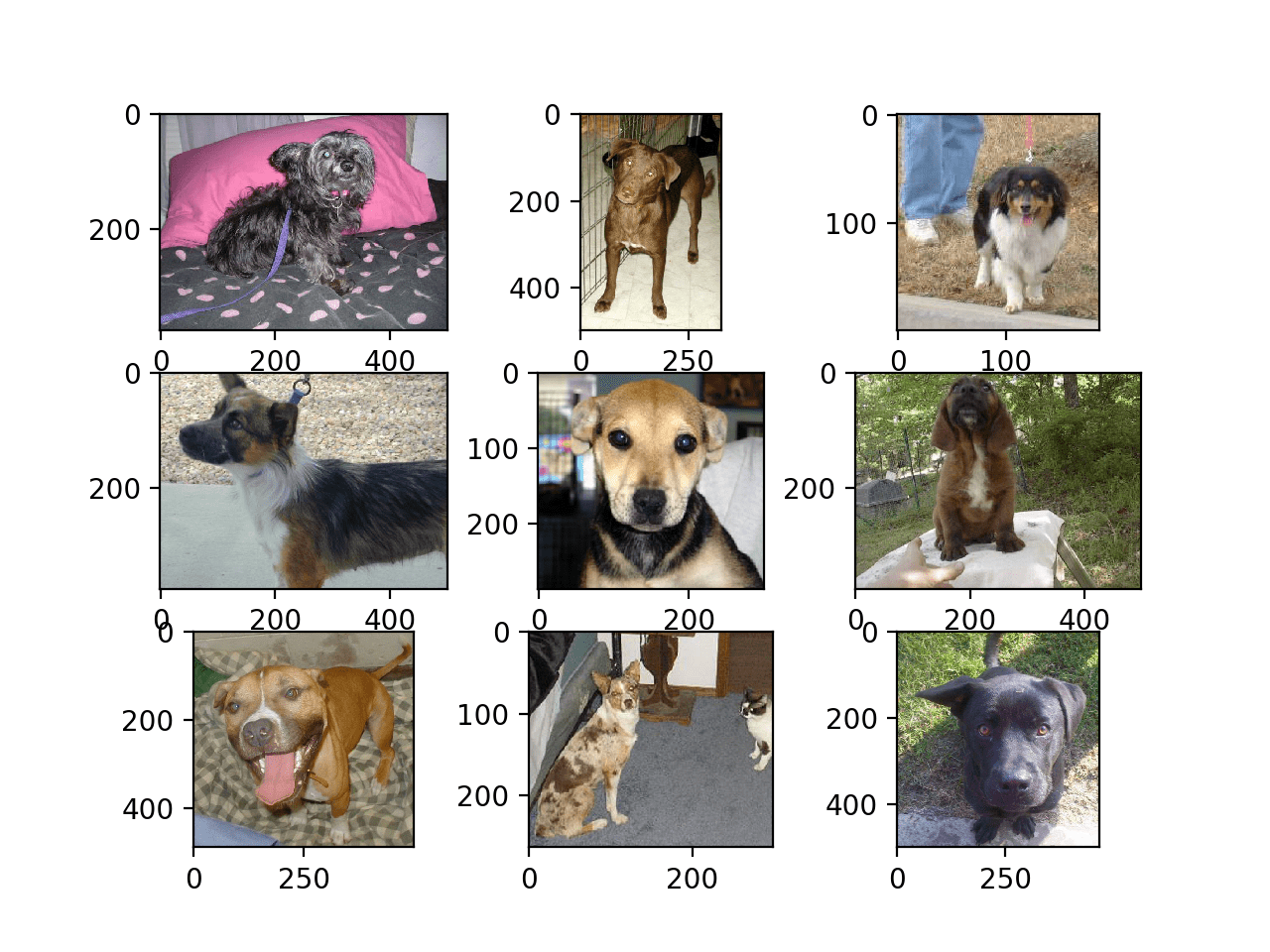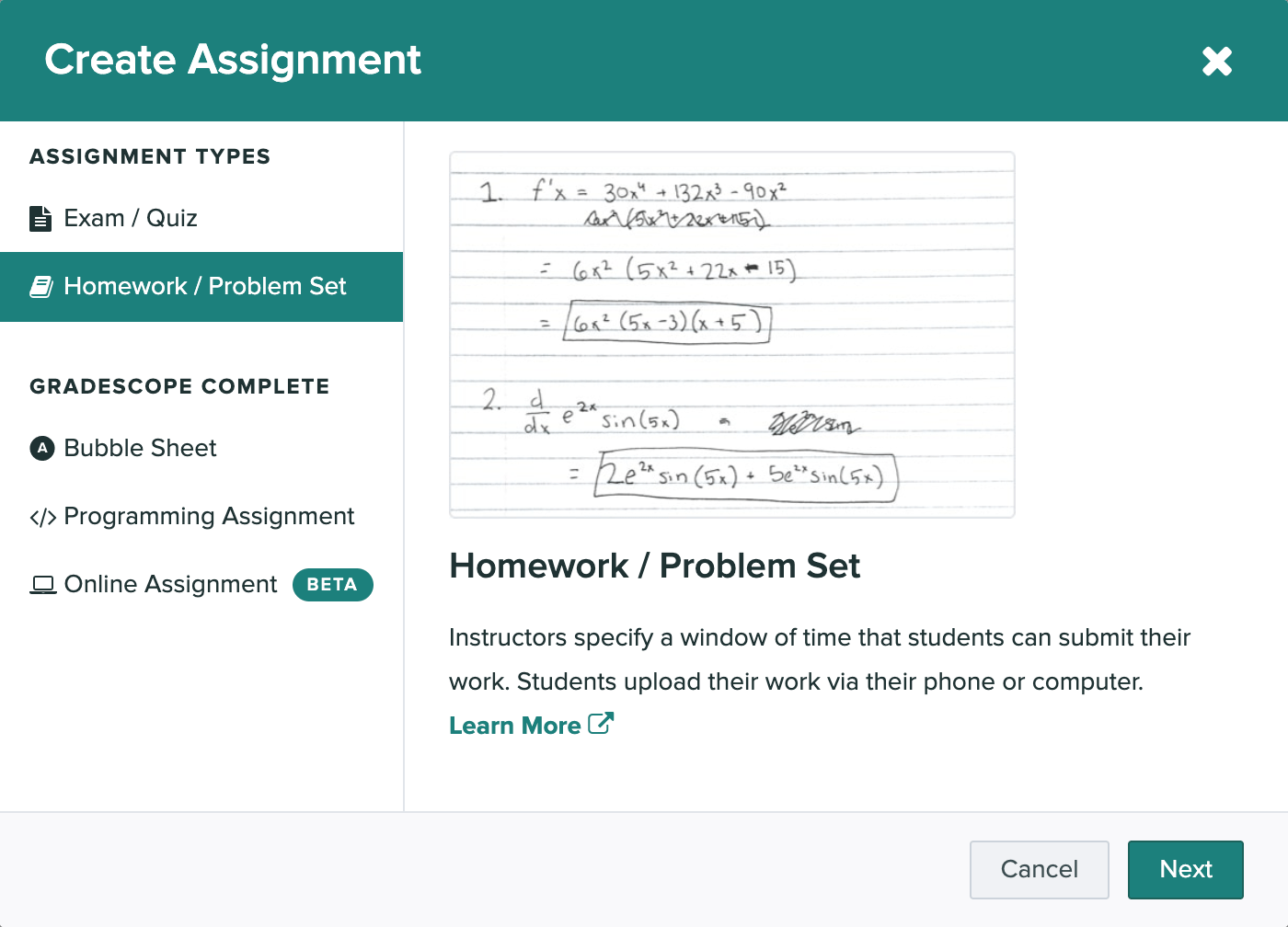A Brief History of AI in Education
What we have learned in the last 60 years, and where we're going next
Amid all of the recent excitement / confusion / terror around the use of ChatGPT in education, we could be forgiven for thinking that the use of AI in education is uncharted territory.
In fact, Artificial Intelligence in Education (AIED) has been around for over 60 years.
We’ve been building AI-powered education technologies to design and deliver learning experiences for the same amount of time as we have explored space and researched nuclear physics and DNA.
In this week’s newsletter, I’m going to give you a whistle-stop tour of the history of AIED and make some predictions about what the role of the educator will look like in a post-AI world.
Let’s go! 🚀
What is AI?
First things first, let’s get back to basics. Artificial intelligence (AI) is a branch of computer science concerned with building smart machines capable of performing tasks that typically require human intelligence.
Think of AI as a process where humans teach computers how to do things which normally require human intelligence - things like recognising images, understanding speech, responding to instructions or making decisions. They do this by training machines to identify and reproduce structural patterns.
So, for example, back in the ‘60s computer scientists taught a computer to be able to predict if an image contained a cat or a dog by feeding the machine images of cats and dogs and training the machine to understand the differential characteristics of each “item”.
AI in Education
The same Machine Learning technology and expertise that enabled computer scientists to train computers to understand the differential characteristics of cats and dogs has been used - and continues to be used - to design and deliver education for over 60 years.
Here are three of the most compelling use cases of AIED and some predictions on where they will go next.
1.Automated Essay Grading
Machine learning algorithms can be used to automatically score essays and written assignments, based on factors such as grammar, organisation, and coherence. This can save teachers time and provide students with more immediate feedback.
Tools like Gradescope and E-rater use Machine Learning algorithms to analyze essays and provide scores based on various characteristics such as use of vocabulary, referencing standards and techniques, sentence structure, overall organization etc.
Phil’s Prediction: These tools are becoming increasingly powerful and will quickly become capable of providing more nuanced feedback on more nuanced measures like levels of critical thinking, analysis skills and originality of thought. There is perhaps a not too distant future where a large part of the educator’s role is focused less on the admin of grading and more on the art and science of teaching, learning and research.
2.Personalised Learning Paths
One of the most well known and robust examples in this area is Carnegie Mellon University’s tool, OpenSimon.
OpenSimon analyses student data and provides real-time personalised feedback based both student performance (e.g. how well they perform on a knowledge check) and student behaviour (e.g. how long they spend on certain activities).
This data is then used to train an algorithm, which learns to predict which learning activities or interventions are most effective for each individual student.
Phil’s Prediction: Again, these tools are becoming increasingly powerful and will quickly become capable not just of predicting outcomes and recommending interventions but generating those interventions (for example, individualised content and activities) on the fly, in response to data. There is perhaps a not too distant future where a large part of the educator’s role is dedicated to a combination of data analysis and student coaching.
3.Intelligent Tutoring Systems
Finally one of the most interesting (but also for any educators like me perhaps scary!) examples of AIED tools are so-called “intelligent tutoring systems” or, if you like, teacher bots.
Like personalised learning pathways, intelligent Tutoring Systems learn atterns and adapt to the learning needs of individual students based on their performance and behaviour.
Unlike personalised learning pathways, intelligent Tutoring Systems are delivered through more “humanised”, dialogue-based interface and can provide personalised feedback and support that is both academic and social-emotional.
The most famous and successful examples of these sorts of technologies is Jill Watson - an intelligent tutor developed by Georgia Tech University that uses Machine Learning to adapt to the learning needs of individual students.
When a student interacts with Jill Watson, the system collects data on their performance, such as how well they do on quizzes or how quickly they complete assignments. This data is then used to train a Reinforcement Learning algorithm, which learns to predict which learning tasks or interventions are most effective for each individual student.
One key benefit of intelligent tutoring systems like Jill Watson is that they can provide personalised support and feedback to each individual student, even in large classes where it may be difficult for the instructor to provide individual attention to each student.
An additional benefit is that intelligent tutoring systems can be trained to provide both academic and pastoral support. Computer Scientists at Georgia Tech have created two versions of Jill: one which is expert in domain expertise and academic support, and a “social agent” which is more expert in providing more social emotional support and building community by connecting students to one another.
Phil’s Prediction: Georgia Tech have recently created “Agent Smith” which will enable any academic to create their own version of Jill based on their own source materials. There is perhaps a not too distant future where a large part of the educator’s role is to understand and be able to build and validate machine learning algorithms to optimise their teaching impact at scale.
That’s all folks! If you liked this, please share it with your network and let me know by liking the post and tagging me on LinkedIn.
Comments are open for questions, criticisms, challenges etc - it’s always great to hear from you.
Phil 👋









an excellent reminder that we have been engaging with aspects of AI for much longer than we might remember.